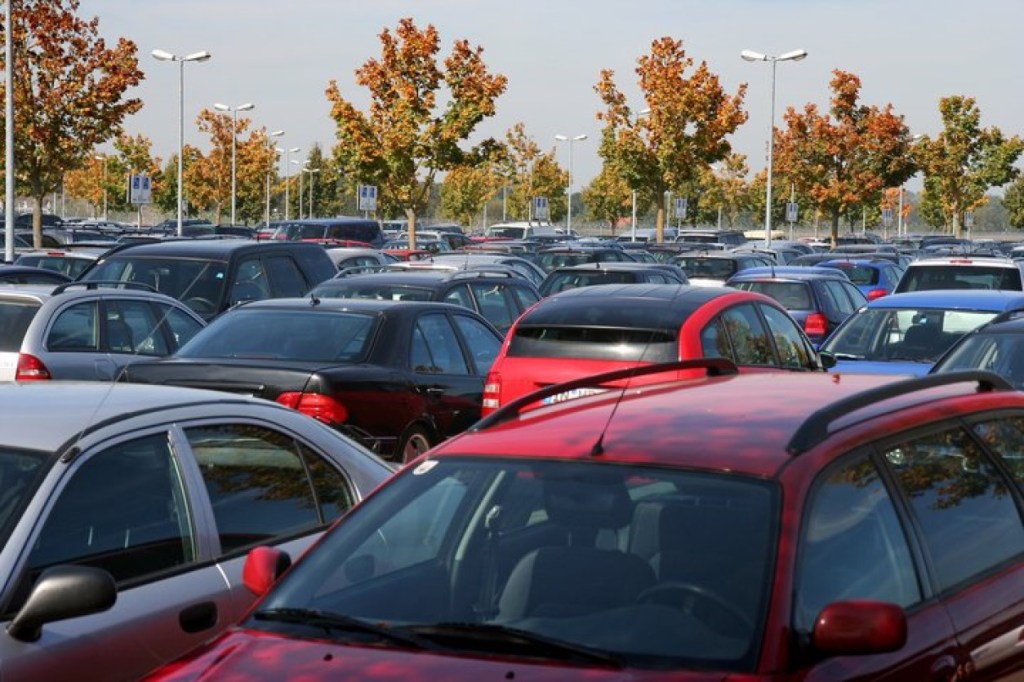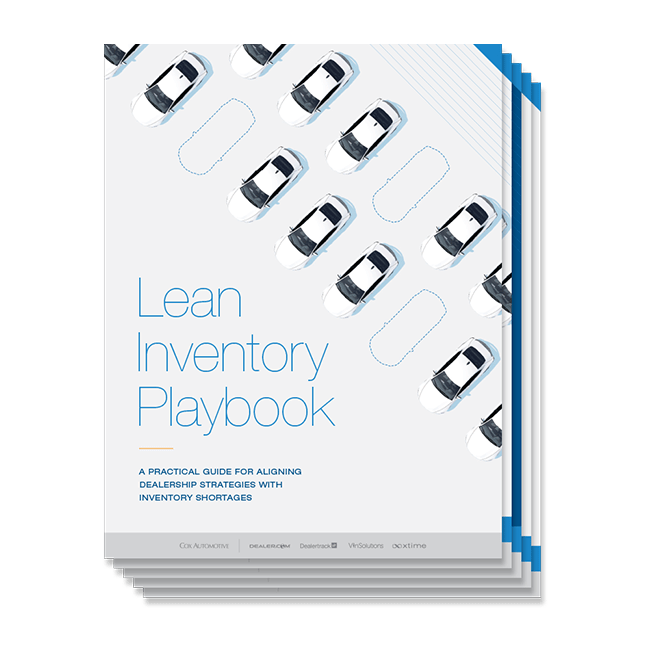In the wake of the coronavirus pandemic, the industry faces significant inventory shortages that threaten your dealership’s profitability. With fewer cars to sell, you’ll need to adjust your dealership operations by developing a comprehensive, cross-departmental strategy for thriving in a lean inventory environment. As a centralized force for dealership change, operational staff can help guide and implement that strategy by encouraging departmental collaboration, improving dealership-wide processes, and providing helpful metrics and reporting.
Encouraging Departmental Collaboration
Lean inventory environments present unique challenges that demand increased levels of inter-departmental collaboration. To thrive within such environments, you’ll need to tear down the traditional silos that keep departments operating independently. Important communication and collaboration between the service and sales department will be necessary to source used cars from service customers and to find sales opportunities. Your sales and marketing departments will also need to work closely to segment, target, and close on high-potential opportunities for selling and sourcing vehicles. Operational employees will have the important job of ensuring that everyone within your dealership is connected, communicating, and capturing necessary data.
Improving Dealership-wide Processes
During periods of lean inventory, it won’t be enough to simply improve communication within the dealership. Your dealership’s operational employees will need to develop and refine important internal processes. In many cases, you’ll need to abandon the status quo and adjust processes, adapting them to fit the unique conditions created by inventory shortages. Most importantly, you’ll need to align around an internal process for bolstering inventory by purchasing cars from customers and from vehicle owners in your service lane. Determine the right pay structure for vehicles acquired out of the service lane. Consider paying customer pay rates vs. internal rates for recon of vehicles purchased out of the service lane prior to being serviced. Decide who will approach those customers, what they will say, and how employees will be rewarded for sourcing and selling cars.
Reporting and Analytics
Because your dealership will be shifting many of its strategies, operational employees will also need to carefully track and report performance. You’ll want to keep a close eye on key metrics that indicate whether or not new tactics and processes are actually working. Provide regular reports to each department, allowing them to evaluate their individual performances and adjust their approaches.
Of course, reports aren’t just about looking backwards. Operational employees can also play an important role in achieving the dealership’s forward-thinking goals, including sales and inventory sourcing. For example, a simple sales trend report for used vehicles can help the dealership determine which models are in high demand or are bringing in high gross profits. Using that information, all departments can solicit trade-ins from customers that own those cars. Website analytics reports can provide similar information based on search volume and VDP views for specific vehicle types.
Enduring and overcoming inventory shortages will require strategic adjustments from every department of your dealership. Those charged with managing dealership operations will have an especially important job—one that requires them to bring all departments together through communication and collaboration. By sharing information and improving processes, your dealership’s operational employees can put every department on the path to success while helping the entire dealership to navigate these challenging times.
To learn more strategies for thriving in the current inventory environment, check out our free Lean Inventory Playbook.







